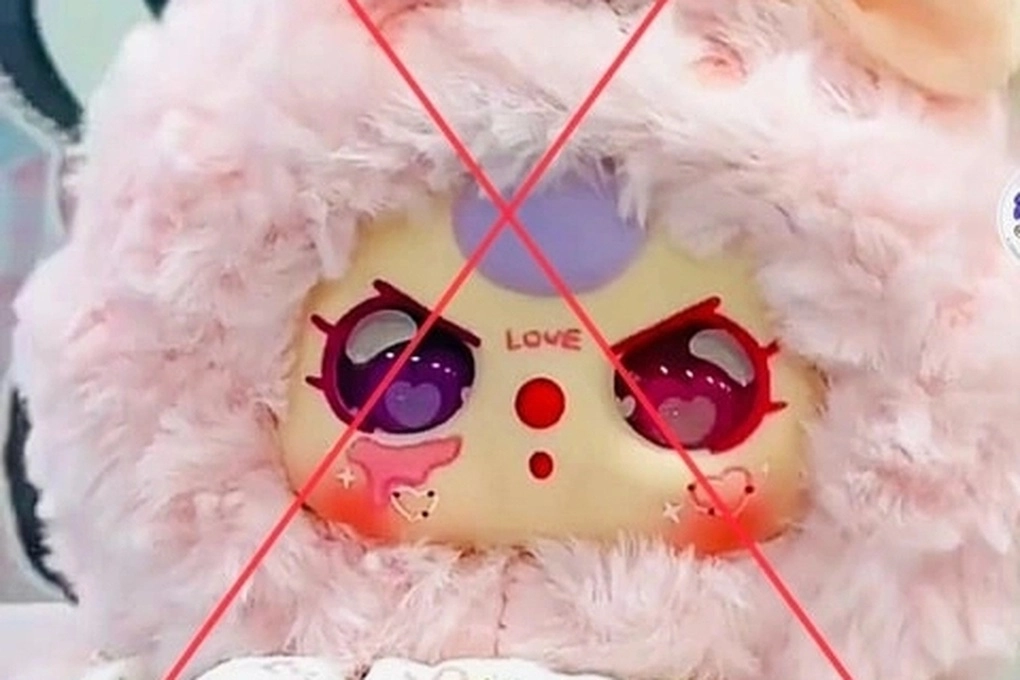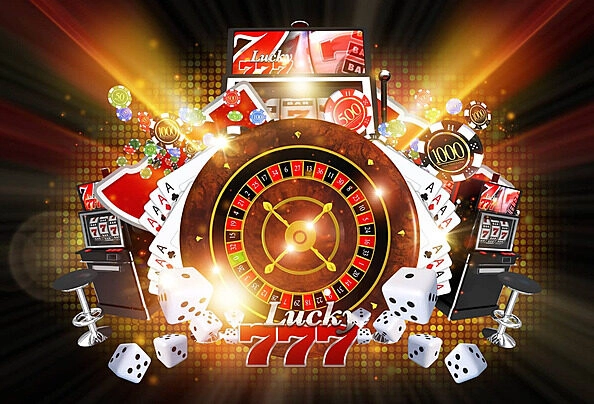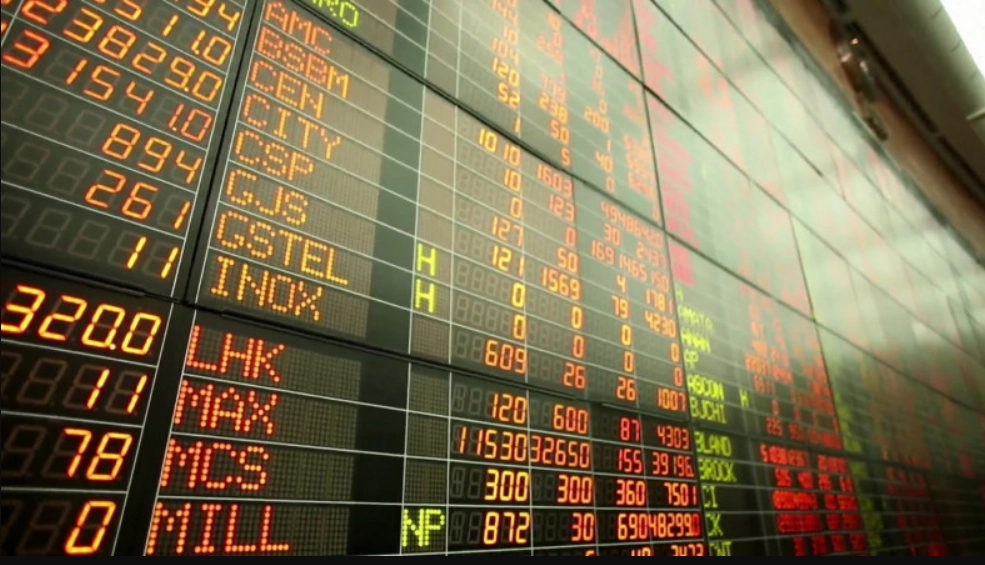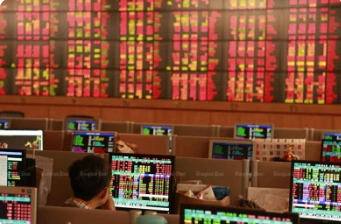The Nine-Dash Line Controversy: The Impact on Vietnam and International Tensions
The South China Sea, one of the world’s most disputed waterways, has once again made headlines, this time with an unlikely victim – children’s dolls. A seemingly innocent toy has sparked outrage in Vietnam due to a facial marking that some critics believe resembles the “nine-dash line” a controversial boundary that China uses to claim most of the South China Sea. This has led to the removal of these dolls from shelves across Vietnam, highlighting how deeply the geopolitical tensions surrounding the South China Sea affect not only politics but also consumer products.
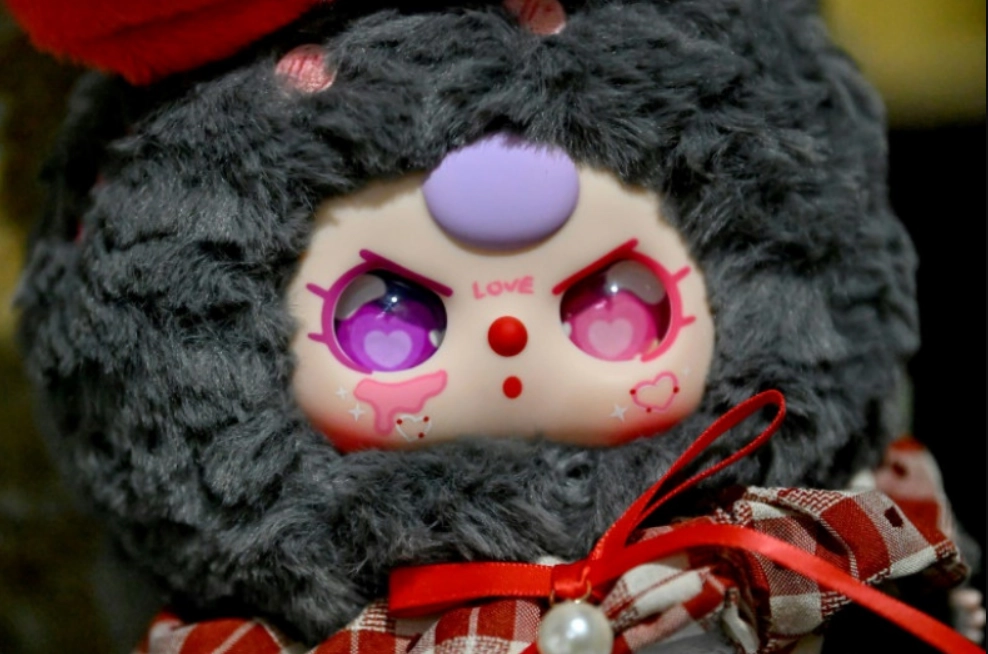
What is the Nine-Dash Line?
The “nine-dash line” is a map created by China in the 1940s, which asserts its claim over approximately 90% of the South China Sea, a region rich in natural resources, including oil, gas, and fisheries. This line encompasses a significant portion of the maritime zone, including areas that are also claimed by several other nations, such as Vietnam, the Philippines, Malaysia, and Brunei. The controversy arises from the fact that the nine-dash line overlaps with the Exclusive Economic Zones (EEZ) of these countries, leading to tensions over territorial sovereignty.
Vietnam, in particular, has long contested China’s claims, asserting its right to parts of the South China Sea, particularly the Paracel and Spratly islands. These islands are not only strategically important but are also rich in maritime resources. China’s claims to these territories have been a point of contention for decades, and the nine-dash line remains a symbol of China’s expansionist ambitions in the region.
The Nine-Dash Line Scandal in Vietnam
The controversy surrounding the nine-dash line recently erupted when a popular Chinese-made children’s doll, Baby Three, became embroiled in the issue. The doll, with its large eyes and fluffy rabbit ears, had quickly gained popularity among Vietnamese children and Generation Z. However, the “Town Rabbit V2” model of the doll, which had a marking on its cheek that some critics claimed resembled the nine-dash line, triggered an online backlash.
Vietnamese social media exploded with anger as people began to notice the resemblance. Nationalists in Vietnam were quick to label the dolls as a symbol of unpatriotic behavior, with many seeing the toy as a subtle attempt to promote China’s territorial claims over the South China Sea. The backlash was swift, and the Vietnamese Ministry of Industry and Trade ordered an inspection of toys suspected of displaying the nine-dash line. The ministry issued a stern warning, stating that such products “affect national security and territorial sovereignty.”
As a result of this public outcry, vendors across Vietnam were forced to pull Baby Three dolls from their shelves. Sales, which had been booming just weeks earlier, plummeted. The backlash against the dolls was so severe that even other models from the same brand experienced a sharp decline in sales. Vendors reported that the toys, once sold for up to $20 each, were now being sold at significantly reduced rates, with many units going unsold.
The Economic Fallout for Vietnamese Toy Sellers
The removal of the Baby Three dolls from store shelves has led to significant financial losses for Vietnamese vendors who had invested heavily in the dolls. One vendor, who declined to give her full name, explained how she had once sold 100 Baby Three dolls a day, but sales had now dropped to almost zero. “Almost all children started to boycott (the dolls) because they saw it as a nationalistic issue,” she said. “It feels like such a waste,” she added, lamenting the financial losses.
According to e-commerce data from YouNet ECI, the average price of Baby Three dolls on platforms like Shopee and TikTok Shop dropped by half in just 10 weeks, reflecting the decline in demand. This price drop signifies how quickly the backlash affected the toy’s market value. Some consumers, like Vu Tu, a 19-year-old Vietnamese, explained that while the dolls were “cute and adorable,” the presence of the nine-dash line symbol made them “unpatriotic” and unacceptable to support.
Historical Context: The Nine-Dash Line and Its Impact on Vietnam
The nine-dash line is not a new issue for Vietnam. The country has long been wary of China’s aggressive stance over the South China Sea, and this dispute has spilled over into various aspects of daily life, including pop culture and consumer products. For instance, in 2023, the film Barbie, directed by Greta Gerwig, was banned in Vietnam due to scenes featuring the nine-dash line on a map. Similarly, in 2018, the film Crazy Rich Asians had to cut a scene that featured a designer bag with a map showing the disputed South China Sea under Beijing’s control.
This pattern of censoring and boycotting products that feature the nine-dash line underscores the deep-rooted tensions between Vietnam and China. For many Vietnamese, the issue is not just about territorial integrity but about national identity. The nine-dash line, in their view, represents China’s expansionism and an ongoing effort to undermine Vietnam’s sovereignty over its maritime territories.
The South China Sea is a region of immense geopolitical importance. It serves as a vital international shipping route and is believed to contain valuable reserves of oil and gas. Vietnam, along with other nations, has been vocal in opposing China’s claims and has called for a peaceful resolution to the dispute through international law.
Vietnam’s Response to the Nine-Dash Line Controversy
The government of Vietnam has consistently opposed China’s claims in the South China Sea, taking a firm stance in both diplomatic forums and on the ground. The recent toy scandal is a reflection of the broader tensions in the region, where Vietnam continues to push back against China’s attempts to assert control over the South China Sea.
Vietnam has used various means to assert its sovereignty over the disputed waters, including diplomatic protests, legal action, and public demonstrations. The government has also taken steps to prevent the spread of propaganda that supports China’s territorial claims, which has led to the recent crackdown on the Baby Three dolls.
The government’s swift action in removing the dolls from shelves highlights the sensitivity of the issue and the strong feelings it evokes among the Vietnamese public. Many in Vietnam view the nine-dash line as a symbol of China’s growing influence in the region, and the government has made it clear that it will not tolerate any products or actions that undermine the country’s sovereignty.
The Broader Geopolitical Implications
The controversy surrounding the nine-dash line and the Baby Three dolls is just one example of how the South China Sea dispute continues to reverberate across various sectors, including trade, tourism, and even entertainment. As China continues to assert its territorial claims in the region, countries like Vietnam, the Philippines, and Malaysia are being forced to respond, often in ways that affect their economies and social dynamics.
The United States and other Western nations have also become involved in the dispute, with the U.S. conducting freedom of navigation operations in the South China Sea to challenge China’s claims. These operations are intended to assert the principle of international law and the right of free passage in international waters.
As tensions continue to rise, the South China Sea remains a flashpoint for geopolitical conflict. The nine-dash line, in particular, remains a symbol of China’s territorial ambitions, and it will likely continue to spark controversy and resistance from other countries in the region.
Conclusion
The recent scandal involving the Baby Three dolls in Vietnam is a stark reminder of how deeply the South China Sea dispute affects both political and consumer landscapes in the region. The backlash against the dolls, fueled by the controversial nine-dash line, has not only disrupted the toy market but also highlighted the ongoing tensions between Vietnam and China over territorial sovereignty. As the dispute continues to evolve, it is clear that the nine-dash line will remain a potent symbol of China’s ambitions and a point of contention for Vietnam and its neighbors in the years to come.
See more articles
Royal Casino: คู่มือสุดพิเศษสำหรับการพนันออนไลน์
Casino Games: คู่มือครบวงจรเกี่ยวกับการพนันออนไลน์
Sports Bet: คู่มือพื้นฐานและรายละเอียด
